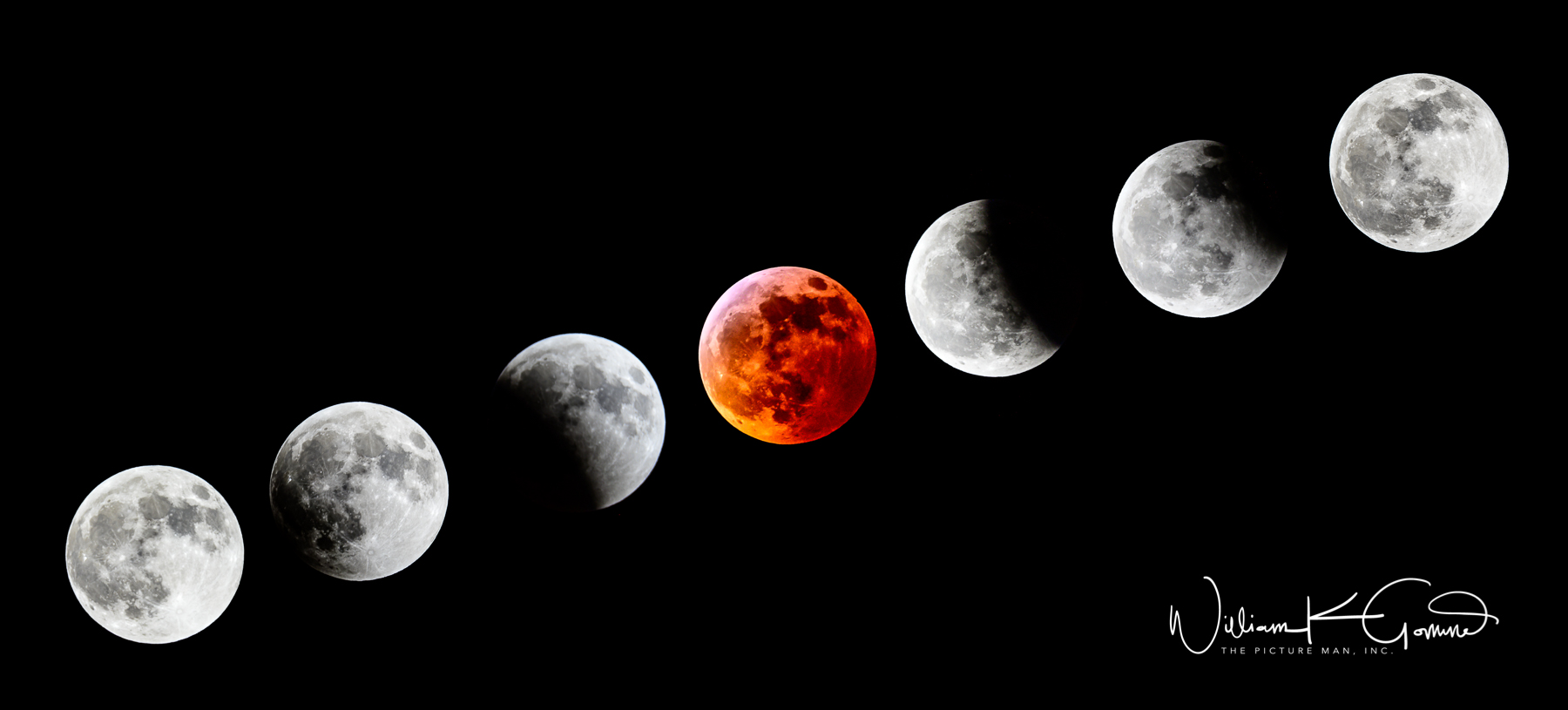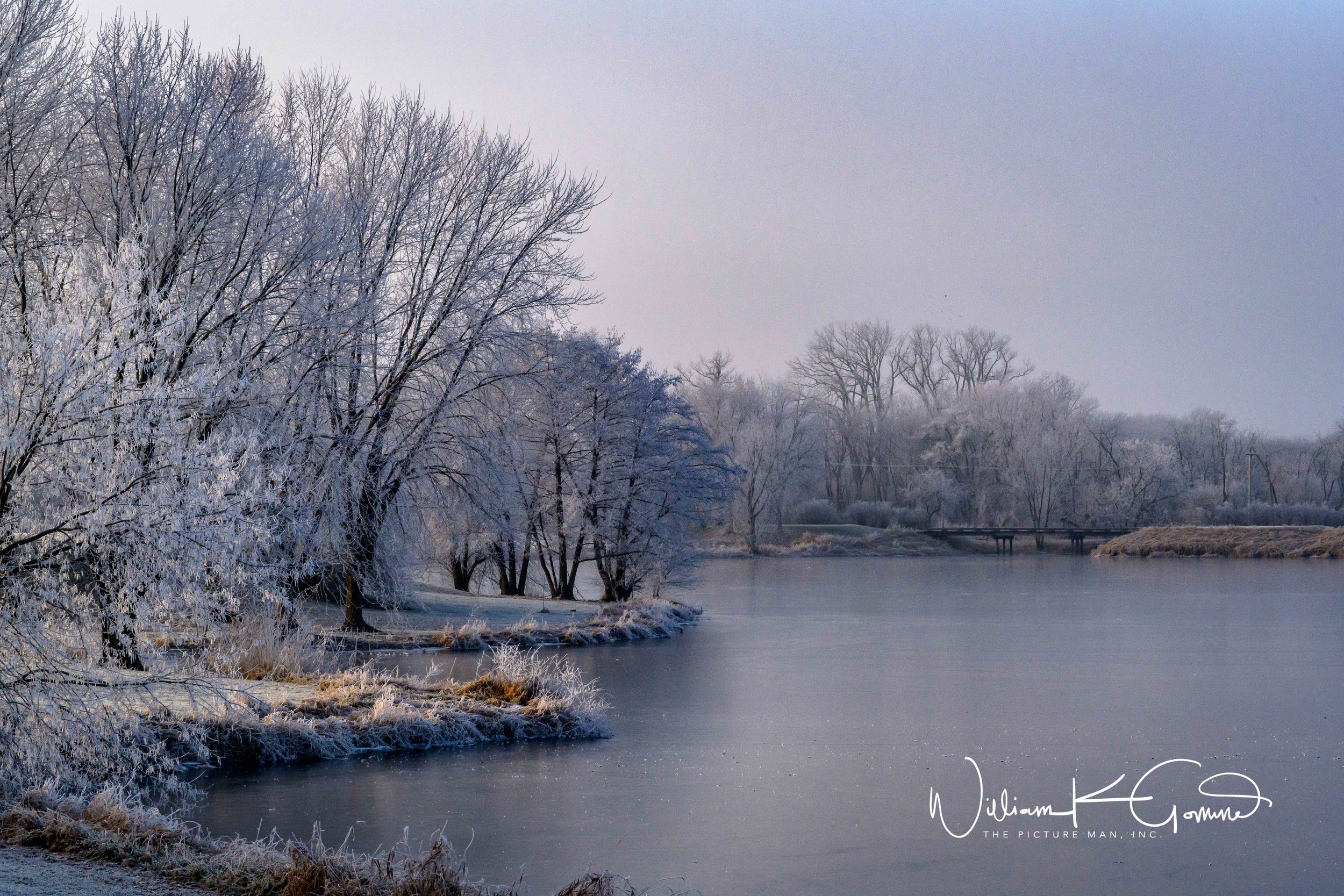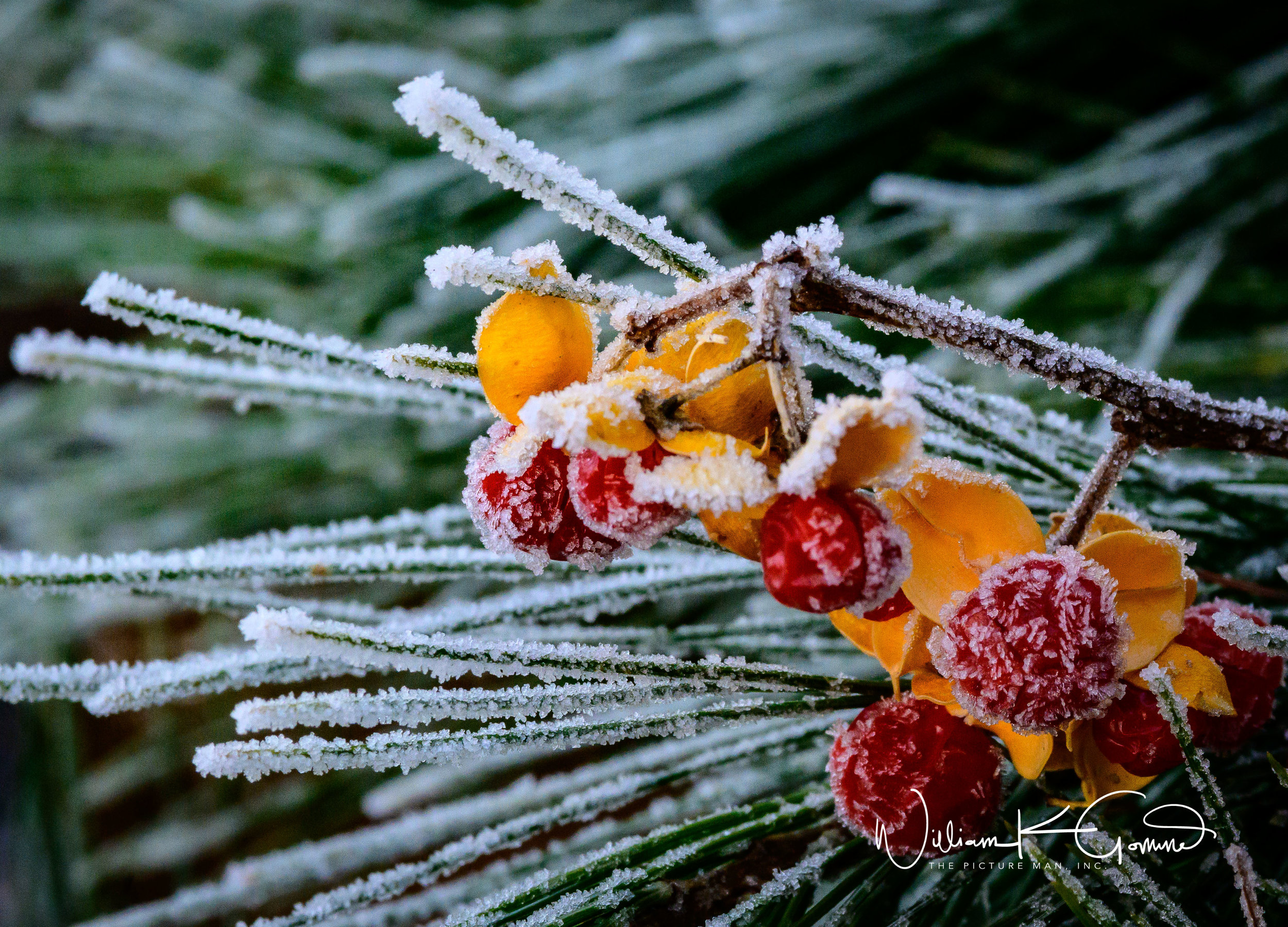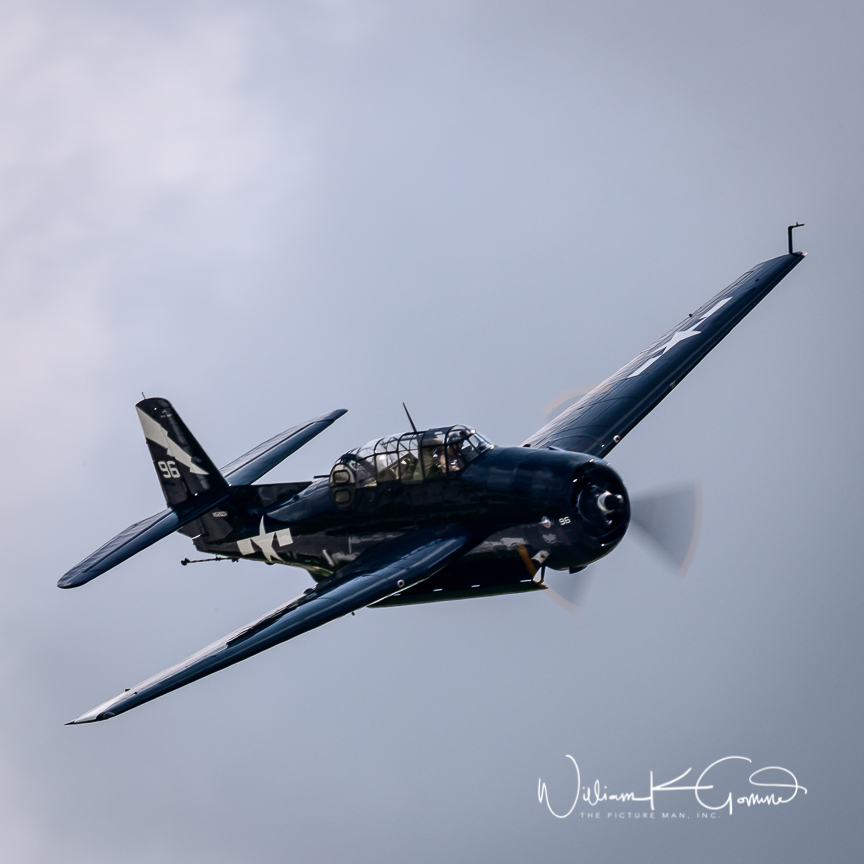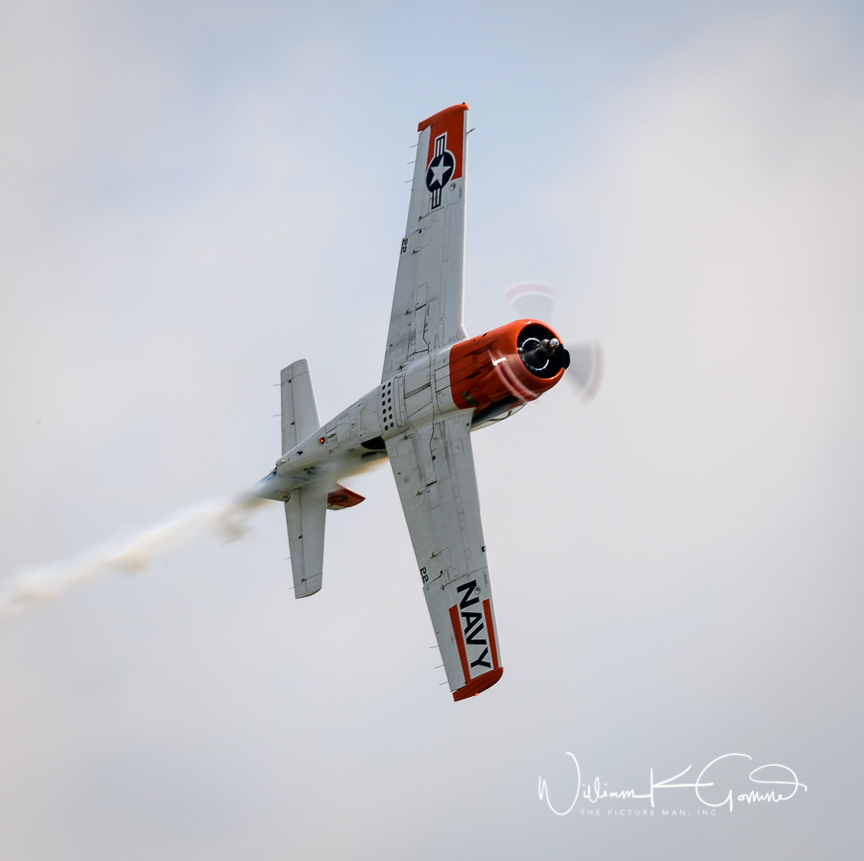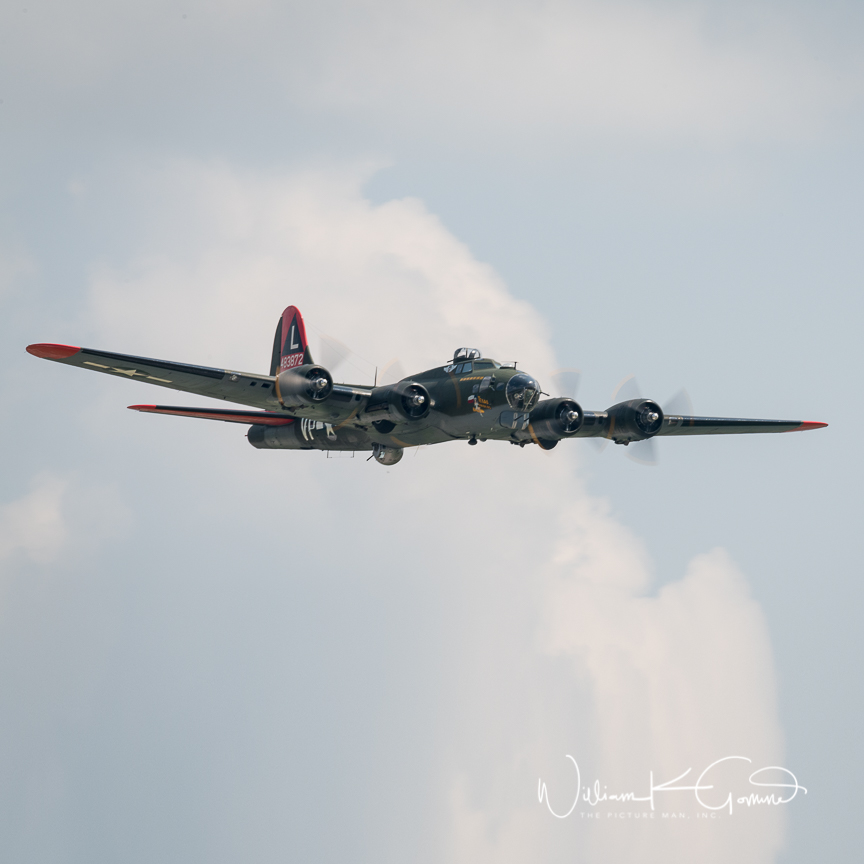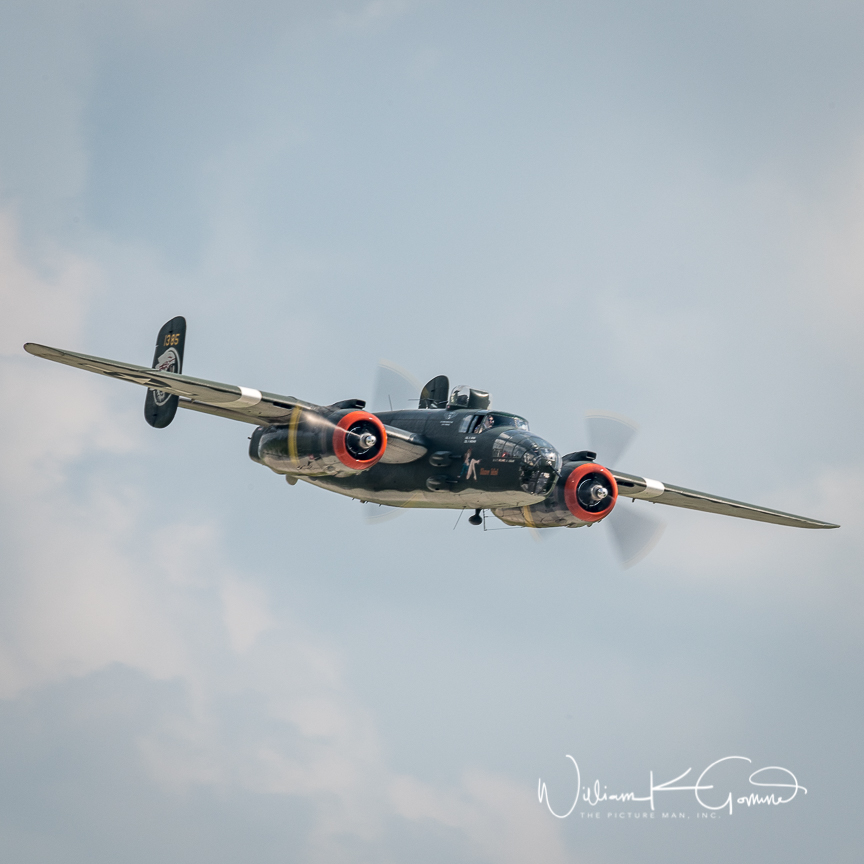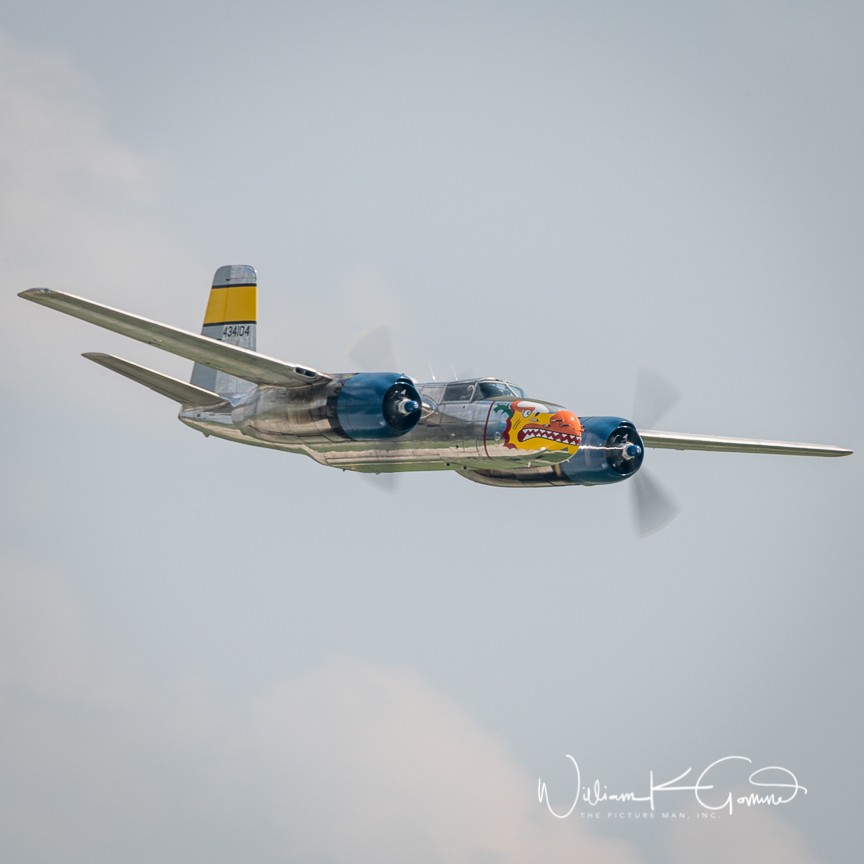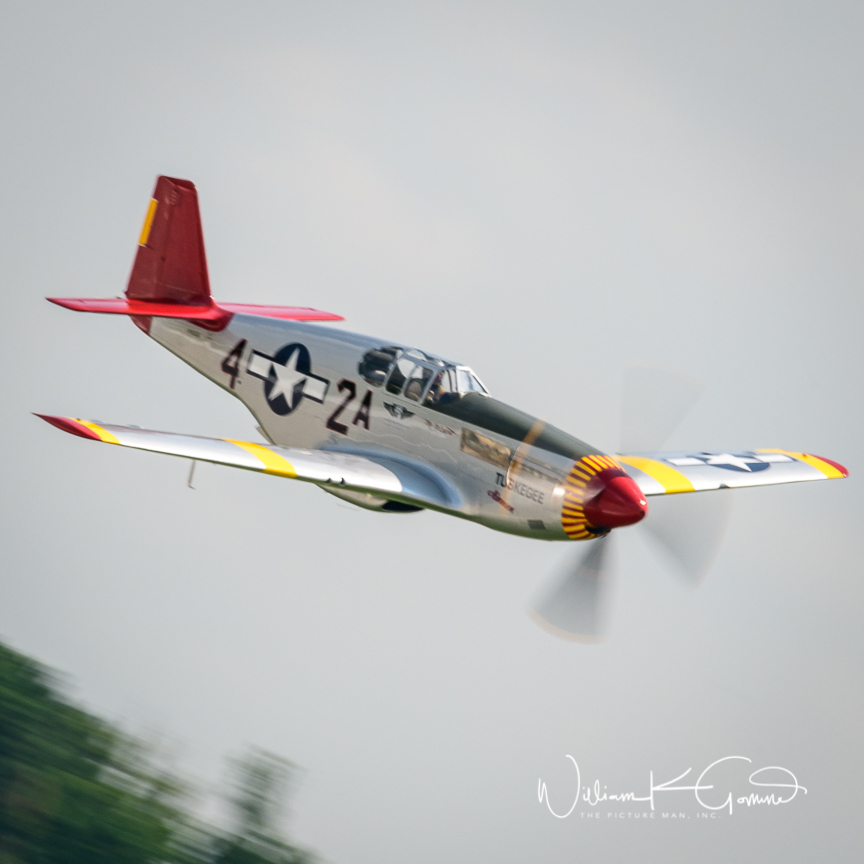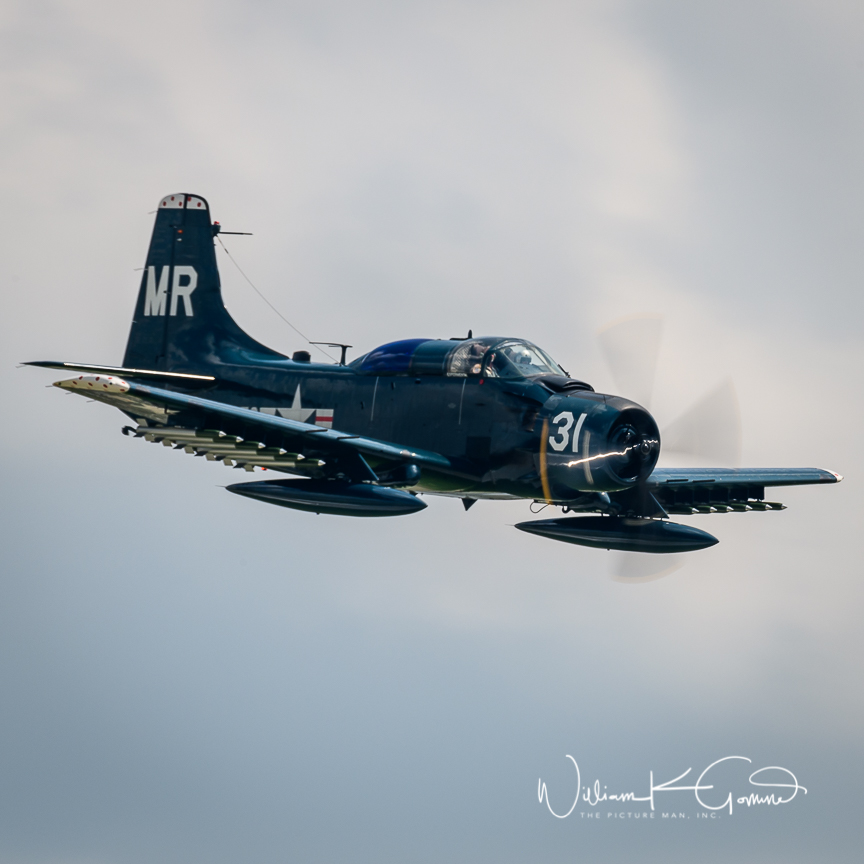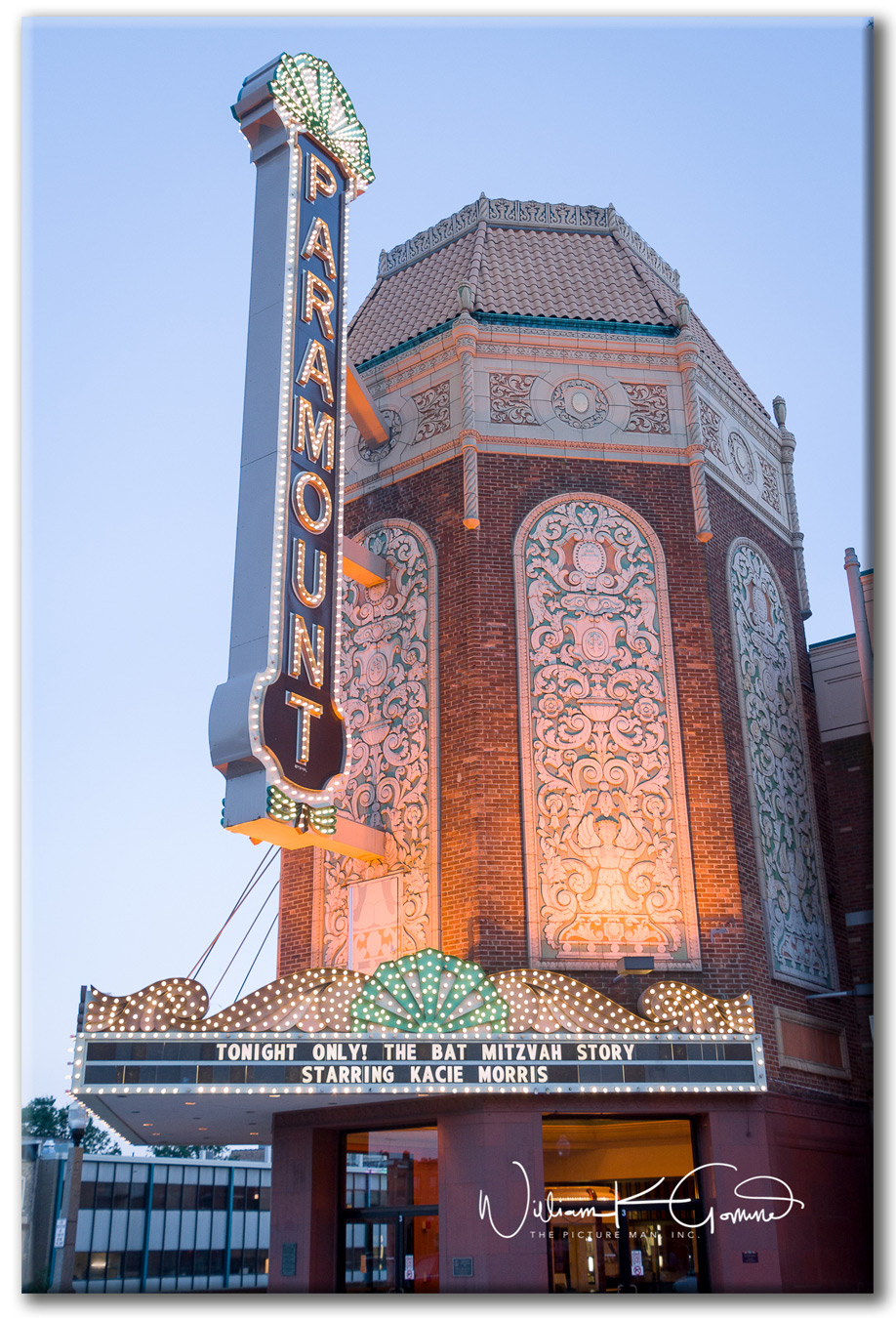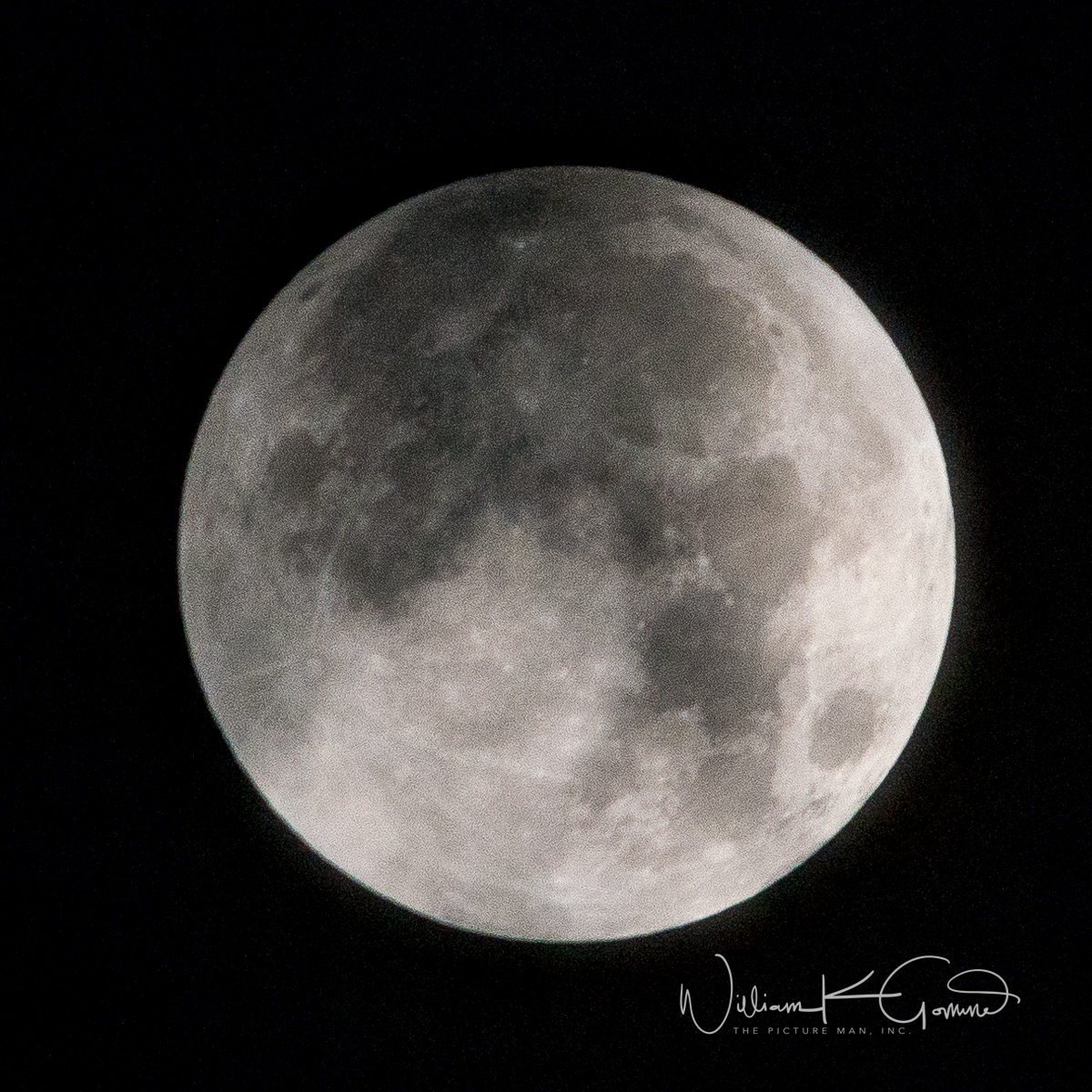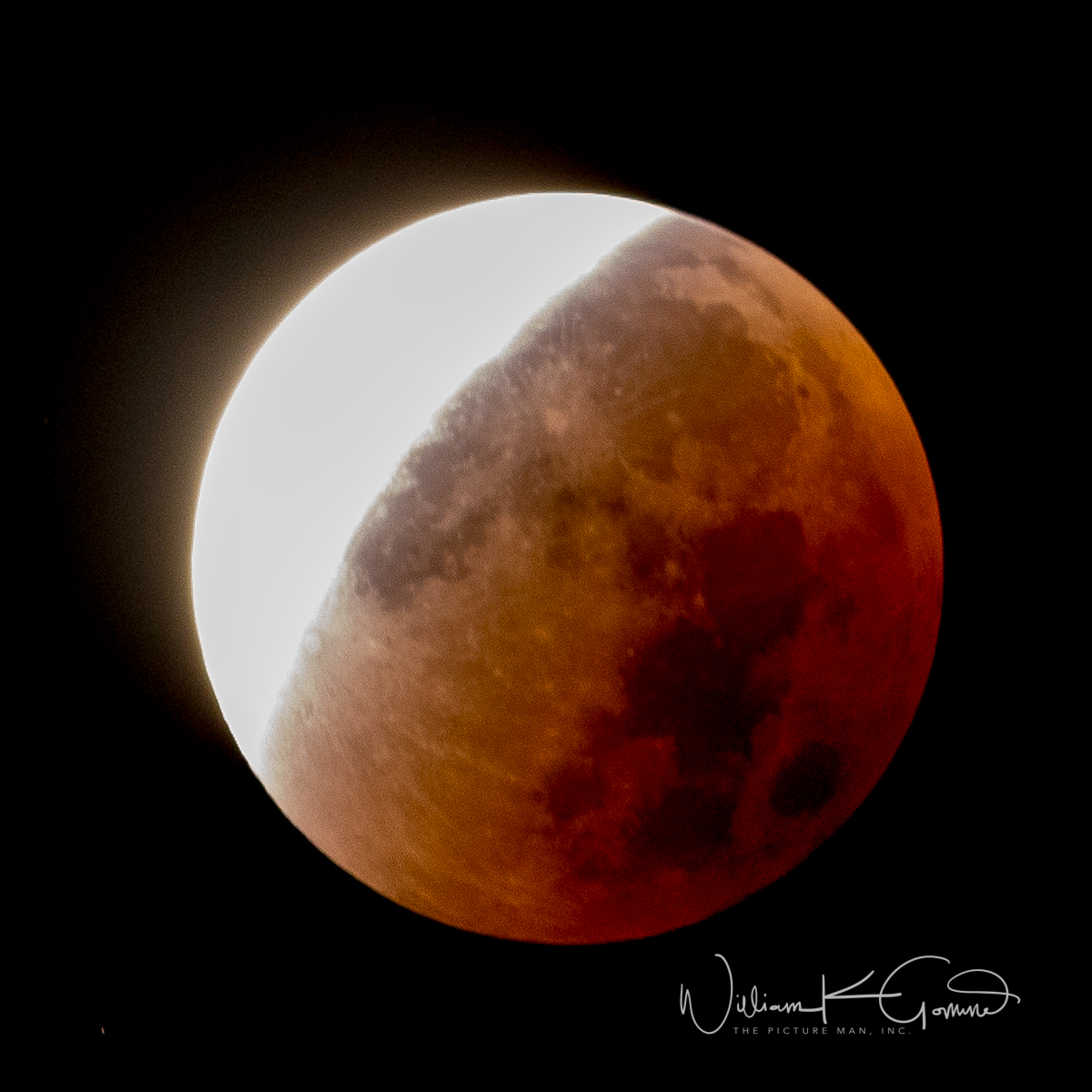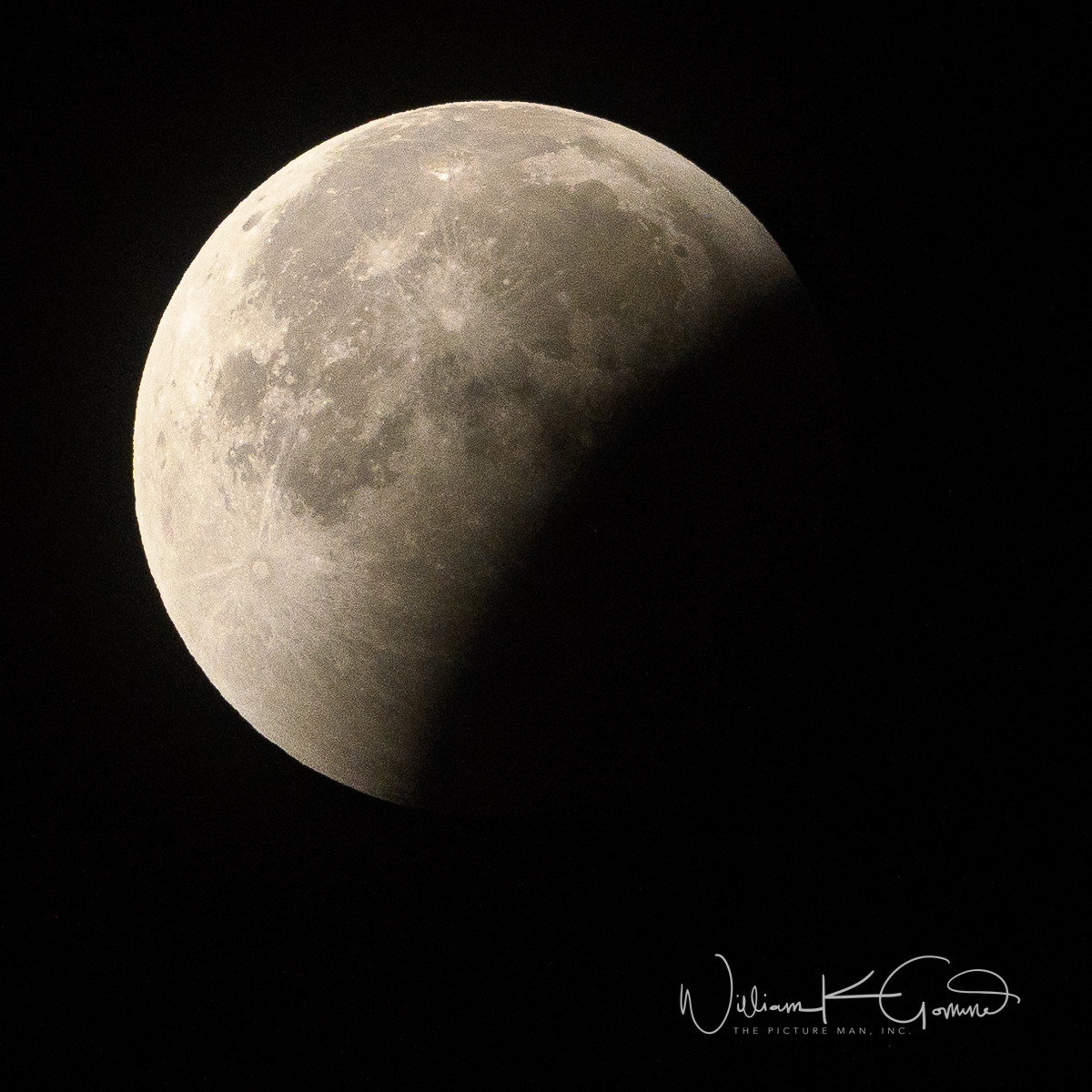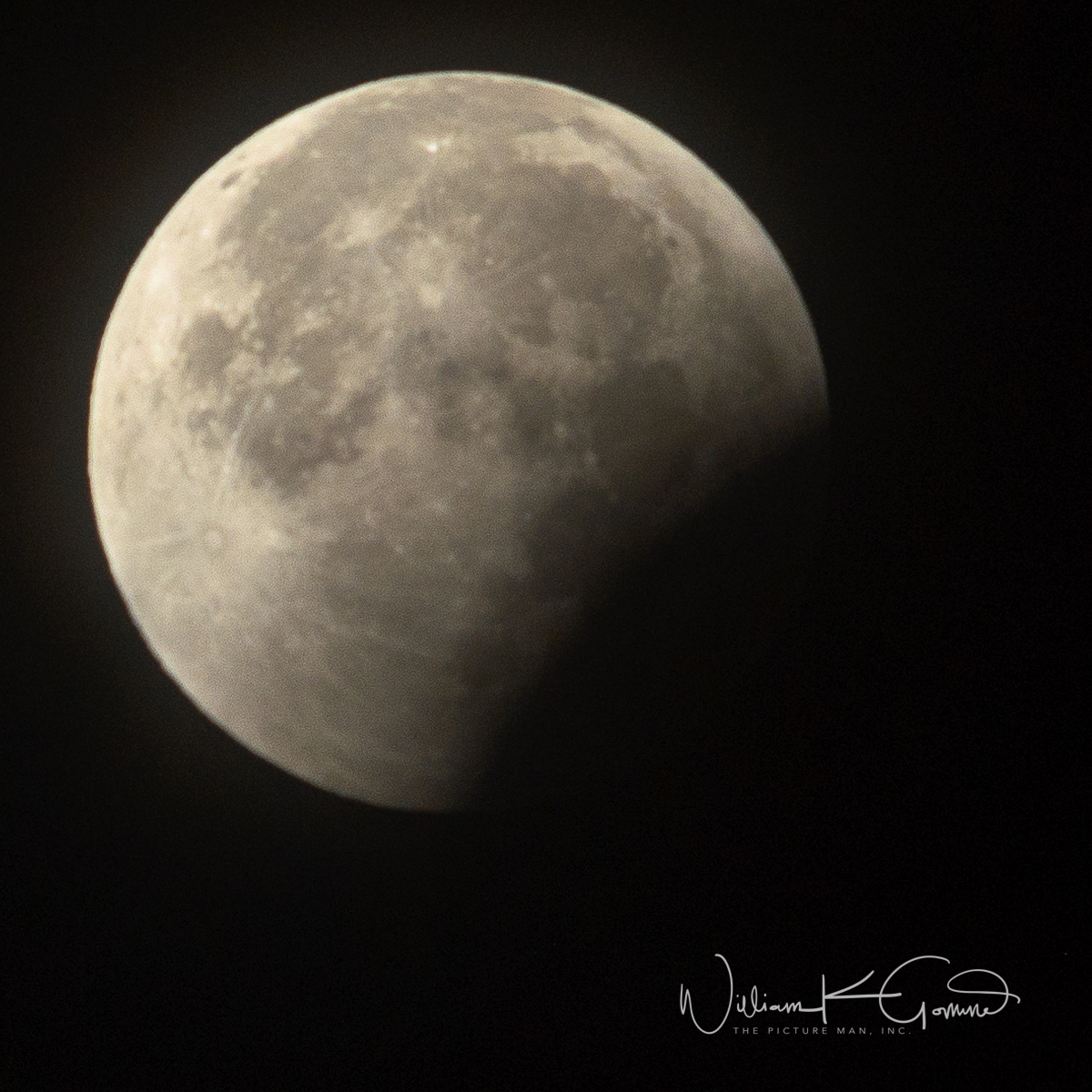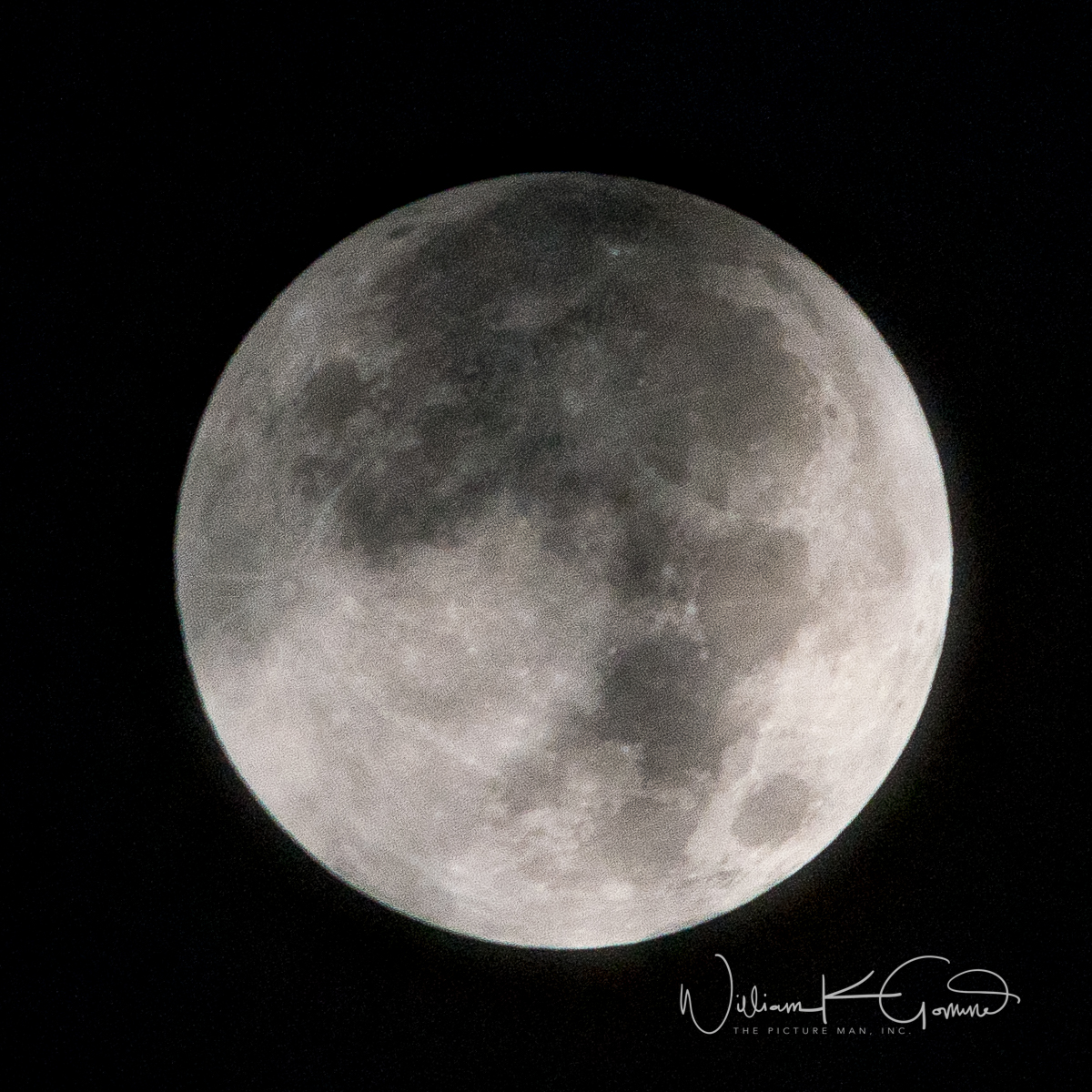Living in Aurora, the second largest city in Illinois, I sometimes take for granted all that this area has to offer. A few miles from our house, there is a nesting pair of eagles which has produced several broods over that past few years. I have stopped near the nest and photographed that activity. I have also traveled to the Mississippi River to photograph eagles at the locks and dams. Lately I have read posts on Facebook about Eagle activity on the Fox River.
The Fox flows from Wisconsin through Illinois until it reaches the Illinois River. Along the stretch in Illinois there are several dams. One such dam is located in Elgin about 30 minutes from where we live. Elgin is the 7th largest city in the state with over 100,000 residents. So today we took the drive north to check out the eagles. The temperature has been below freezing for several weeks which has caused large portions of the Fox to ice over. Below the dams, there are areas of open water and fish are in this oxygenated water and the Eagles come to fish.
When we arrived this morning the adult eagle pictured above was perched in a tree above the bike trail. Families and other photographers were walking right under the tree and it was seemingly unaffected by the people walking around...much less an old guy with a long telephoto lens.
For over an hour, I walked around watching the action. At first most of the action was of the gulls soaring around and splashing down to grab a small fish. This was followed by several other gulls trying to snatch away the prize. At one point as I was talking to another photographer, a large shadow floated across the ground. Looking up, we saw a large eagle.
This is a juvenile eagle as can be determined by the coloration of the feathers. For a juvenile, this was a large bird. We could see several other eagles soaring further north of where we were and at one time counted 5 in the air. We were eventually rewarded as they came to the open water.
Not only were they coming to us, but they were putting on a magnificent show, banking and soaring overhead.
At times it seemed like they were looking right at me. I was using my 150-600 mm zoom lens, but at times they were so close, I had to zoom back in order not to clip the wings…I know boo-hoo that’s a first world problem!
When they are this close, you really see the intensity of their eyes. Of course what every photographer hopes for is to witness and photograph the dive, talons extended culminating in the splash of snatching the fish out of the water.
Well, I waited around long enough to see one hovering and looking like it might strike. I framed it in the viewfinder and watched as it swooped down, pressing the shutter button and letting the 10 frames per second run in hopes of catching the shots. Did I get it? Would my aim be off? I had to wait until I got home to review my images.
Well I sort of got it! I got the talons extended and the grab of the fish, but it wasn’t a splash grab, but rather a theft grab. A gull had caught a fairly large fish and not being able to swallow it, abandon it on the ice and the eagle took advantage and snatched an easy meal.
Still it was time well spent and I have some images to add to my portfolio.





















